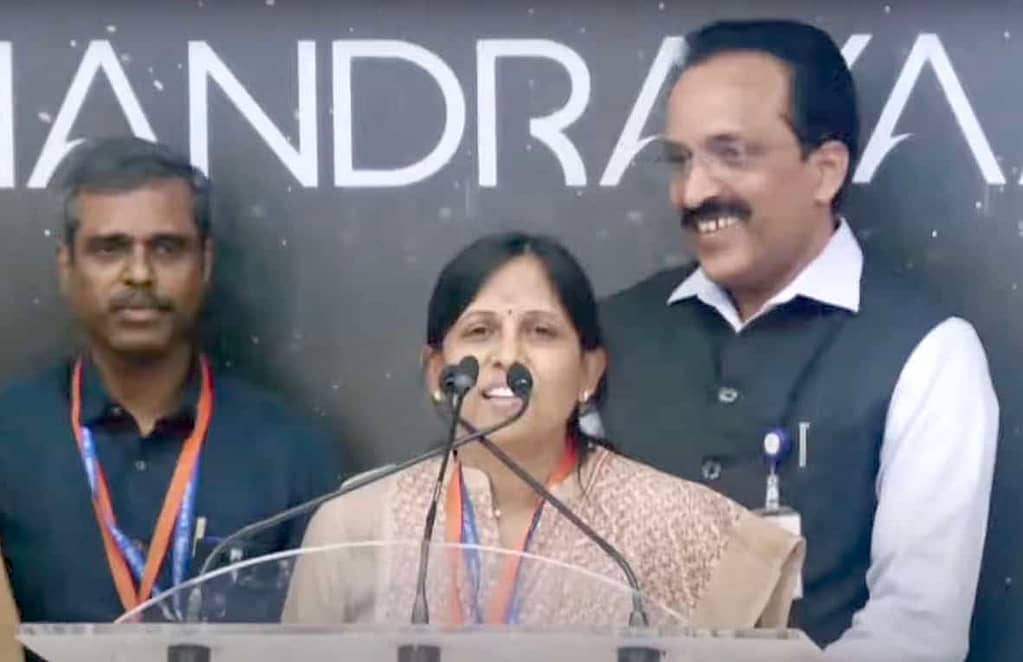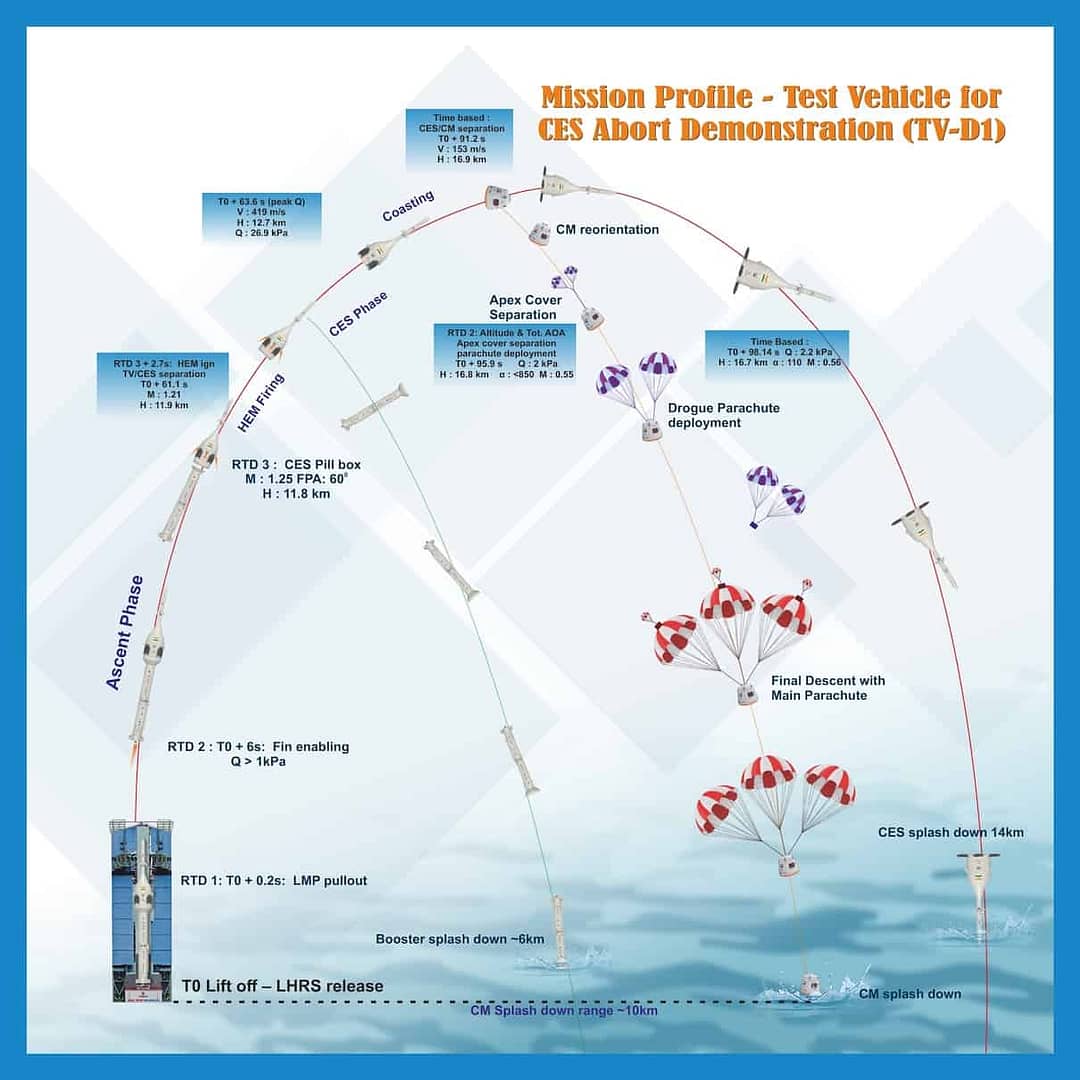A Political Imperative
On Friday, 23rd August 2023, moments after confirming the successful soft landing of the Vikram lander with the words “we are on the Moon,” ISRO Chairman Somnath invited Indian Prime Minister Modi to speak. Unlike September 2019, during the unsuccessful Chandrayaan-2 lander mission, Modi was not in Bangalore but in South Africa, attending a BRICS meeting. This mission, a product of national political and financial commitment, attracted international acclaim.
With one eye on the vast national and international audience and the other on the upcoming general election in 2024, the Prime Minister spoke for ten minutes. Politics and politicians play a more critical role in facilitating space missions than the scientists and engineers who realise them. When Apollo 11 astronauts Neil Armstrong and Buzz Aldrin took humanity’s first steps on another world, they received a live telephone call from President Nixon from the White House, which they shared live on TV around the world. Whereas Apollo 11’s success was a goal set in response to the USSR’s spectacular success in placing the first human in Earth orbit on 12th April 1961, India’s Chandrayaan-3 success was in response to its regional competitor, China.
India’s first official announcement to go to the Moon came on 15th August 2003. This announcement was not driven by the urge for scientific exploration but more likely a response to China’s announcement in January of the same year that they would launch a mission to the Moon. Ultimately, India reached the Moon on 8th November 2008 with Chandrayaan-1, a year after Chang’e 1, the first Chinese lunar mission, arrived in lunar orbit on 5th November 2007. Reflecting the geopolitical rivalry of the USA and USSR during the Cold War, India and China continue that silent rivalry today. China has achieved several remarkable successes in space (human spaceflight, landing a rover on Mars, lunar sample return, and now a continuously inhabited space station). With its larger economy and centralised political structure, China has rapidly grown in its space capabilities, now second only to the USA. The gap between India and China is exemplified by one metric: In 2023, ISRO missed breaking its all-time high of seven launches in one year, whereas China achieved a new high of 67.
It is not only international politics that influence how ISRO operates but national politics as well. The ISRO website uses English and Hindi, but individual centres may prefer a local language. For over a decade, India has had an Official Language Implementation Committee promoting using Hindi as an official language across all ISRO centres. This remains a challenge given that surprisingly large populations across India do not speak Hindi. As in medicine, science, and information technology, English is the world’s default language for the space industry.
The success of Chandrayaan-3 has demonstrated ISRO’s technological competence and is likely to secure the two key ingredients to accelerate India’s space program: increased political and financial commitment. Propelled by Chandrayaan-3’s success and motivated by China’s ongoing achievements, India will pursue more ambitious space missions. India’s delayed human spaceflight program is on target for the first flight of an Indian astronaut on board an Indian launch vehicle from India by 2025. Motivated by this success, India will likely announce missions for a lunar sample return, Martian rover, Venus orbiter, and exoplanet hunter, and develop more powerful and reusable launch vehicles.
Lessons from Chandraayan-2

Chandrayaan-2, weighing almost 4 tons, was launched in July 2019 using a new LVM-3 rocket. It arrived in lunar orbit on 20th August, and the lander separated on 2nd September; however, the landing attempt was unsuccessful. The Chandrayaan-2 orbiter is now five years into its planned 7.5-year operational life, returning the highest resolution images of the lunar surface among the seven operational spacecraft currently in lunar orbit. Images for identifying potential landing sites for the Chandrayaan-3 lander came from the Chandrayaan-2 orbiter. Whilst the Chandrayaan-3 lander communicated directly with Earth during descent and on the surface, the Chandrayaan-2 orbiter served as a redundant communication relay for the lander in 2019. The Chandrayaan-3 orbiter, which ISRO refers to as the Propulsion Module, did not have this relay capability.
The Chandrayaan-2 Failure Analysis Committee (FAC) findings highlighted concerns with the inadequacy of data on the spacecraft’s attitude, altitude, and velocities during the powered descent. The report pointed to the need for (i) a larger landing target and finer engine thrust controls and (ii) more precise and frequent data on horizontal and vertical velocities, as well as altitude during the powered descent. Chandrayaan-3 would need to know, with higher precision, its location, altitude, and attitude at all times during the powered descent phase. Recommendations included more efficient hazard-avoiding algorithms with built-in redundancy, especially during the fine braking, hovering, and final touchdown phases. As a result, Chandrayaan-3 became ISRO’s spacecraft with the most built-in redundancy to date. The additional instruments which facilitated these recommendations included laser and radio frequency-based altimeters, laser Doppler and horizontal camera velocimeters, laser gyro-based inertial referencing, and accelerometers. The fifth non-throttleable engine in Chandrayaan-2 was removed altogether, reducing the dust kicked up at landing. The four throttleable engines were reconfigured to allow changes of thrust in increments of 10% rather than 20%. The attitude correction rate was also enhanced from 10°/s for Chandrayaan-2 to 25°/s for Chandrayaan-3.
With so many modifications, ISRO planned and conducted a series of experiments to test the new configuration. An Indian Air Force helicopter supported an Integrated Cold Test where navigation sensors were flown over an ISRO-created lunar landscape in the Chitradurga district, about 300 km northwest of Bangalore. India’s vast launch centre at Sriharikota was used to conduct an Integrated Hot Test, which involved the lander hanging from a crane to test propulsion, navigation, guidance, and the updated flight software. Despite the numerous simulations and physical testing, the space environment, which includes near vacuum, extreme variations in temperature, and one-sixth gravity in the vicinity of the Moon, cannot be duplicated on Earth.
The lander mass was increased to 1,726 kg (from Chandrayaan-2 lander’s 1,471 kg), most of this was in fuel. The additional fuel would allow for longer hover periods to avoid hazards and identify the most optimal landing target. The landing zone also increased from 500 m by 500 m to 2,400 m by 4,000 m. In February 2019, a landing simulation for the Chandrayaan-2 lander resulted in some damage to the lander’s legs. As an additional contingency, Chandrayaan-3 lander legs were reinforced to support the eventuality of a harder landing, which also increased the lander’s mass. A series of lander drop tests were conducted to ensure a safe landing with a vertical speed of up to 2 m/s, a horizontal speed of up to 5 m/s, and landing on a slope of up to 12 degrees. Other subtle changes included increasing battery capacity, data transmission capacity during powered descent, solar cells, and enhancing reaction wheels.
ISRO chose to meet the commercial request from OneWeb to launch its satellite in October 2022 and again in March 2023. In the absence of this delay, Chandrayaan-3 would have been launched much earlier. With multiple hardware and software enhancements and rigorous testing, almost three years later, ISRO, with greater confidence, launched Chandrayaan-3 on 14th July 2023.
What Next
Lunar landers and rovers from the USA, USSR, and China survived the lunar night using a Radioisotope Thermoelectric Generator (RTG). The first use of an RTG in space was an experimental navigation satellite placed into Earth orbit by the US Navy in 1961. It used 96 g of Plutonium 238 to demonstrate an alternative, independent power supply. The heat was converted to electricity to power onboard instruments and used for temperature control while the spacecraft was in the Earth’s shadow. During the early 1960s, solar cells had very low efficiency compared to today. International sanctions following India’s first nuclear test in 1974 restricted India’s access to nuclear materials, preventing it from developing RTG technology. Since 2016, India has become a member of the Missile Technology Control Regime, and in 2023 signed the US-led Artemis Accords. Free of the restrictions of the past, India is now developing nuclear power sources for use in space.
As expected, neither Chandrayaan-3’s lander nor the rover survived the ultra-low temperature of a lunar night. The mission ended less than two weeks after the touchdown. Prior to launch, the rover was tested to a temperature of -145°C, but since it could only communicate with Earth via the lander, it is impossible to say if it survived the lunar night.
India is now working on both a Radioisotope Thermoelectric Generator (RTG) and a technologically simpler device based on a radioisotope source, a Radioisotope Heater Unit (RHU). The RHUs are incapable of providing electricity—only heat. They are used in environments other than space, including geographically remote locations on Earth (oceans, polar regions, unattended lighthouses, autonomous vehicles). ISRO tested its first RHU in the Chandrayaan-3 Propulsion Module, and RTG technology will likely follow. ISRO is expected to test a 5W RHU in a Technology Demonstrator Satellite.
ISRO has not formally announced the next mission to the Moon, but it is probably a sample return. This is not only because it follows in the footsteps of the Chinese Lunar Sample Return but also because for any space agency to grow, it must evolve. The scientists and engineers at ISRO will have enjoyed the success of the Chandrayaan-3 lander but will need to add to their experience by taking on the technologically ambitious challenge of sample return. Currently, the early design phase is likely to involve two launches. The first launch will include a Propulsion Module to get to the Moon, a Descent Module for the lunar landing, and an Ascent Module to take the samples back up to lunar orbit. The second launch vehicle, probably a GSLV Mk-2, will carry another propulsion module to the Moon and back and a Transfer Module that will dock with the ascent module in lunar orbit, transfer the samples, and return to Earth for re-entry. Where on Earth it will land has not been finalised. Perhaps mainland India, the Indian Ocean, or the Australian Outback.

Long-term and sustainable exploration and exploitation of the Moon have become a geopolitical target for many nations in this and the coming decade. Just as in the 17th century, European countries competed with each other to acquire new lands in Africa, Asia, and the Americas, and in Antarctica in the 20th century, so today, countries worried about being left behind are committing political and financial resources to establish a foothold on the Moon. A base on the Moon will also be a stepping stone to exploring Mars and beyond. The two countries with concrete plans for sending humans to the Moon are China and the USA. India has stated that it wants to send people to the Moon. It has joined the US-led Artemis Accords instead of partnering with the Chinese and Russian program called the International Lunar Research Programme. Apart from the potential for an Indian astronaut to visit the International Space Station, these new partnerships might provide India with access to the technologies it needs to accelerate and fulfil its growing lunar ambitions.





